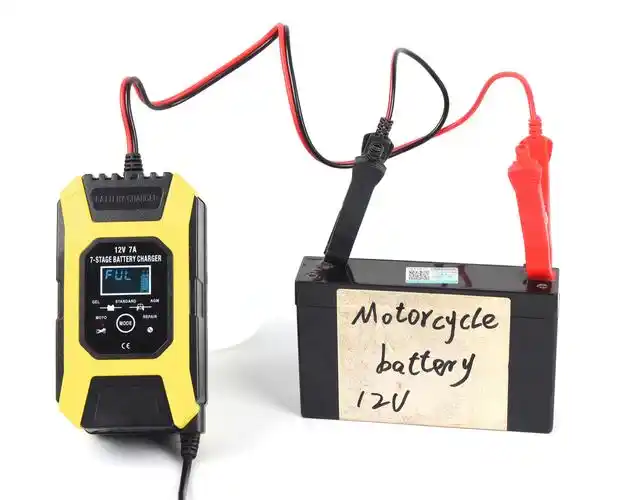Portable Chargers vs. Power Banks: Key Differences & How to Choose
In our constantly connected world, device charging is non-negotiable. Whether commuting daily, exploring remote areas, or enduring marathon work sessions, dependable portable power is crucial. While many use 'portable battery charger' and 'power bank' interchangeably, these solutions have key technical differences.

Understanding Portable Battery Chargers
A portable battery charger is a broad term for any device that can recharge electronics on the go. These chargers come in different forms, each designed for specific needs.
Common Types of Portable Battery Chargers:
● Power Banks – Compact, rechargeable battery packs for smartphones and tablets.
● Solar Chargers – Convert sunlight into electricity, ideal for outdoor use.
● Car Battery Chargers – Provide jump-starts or maintain vehicle battery levels.
● Laptop Battery Packs – High-capacity chargers built for laptops and power-intensive devices.
Key Features:
● Multiple charging inputs (USB, AC, solar, etc.)
● May or may not include an internal battery
● Compatible with a wide range of devices
● Some models offer extras like wireless charging or multiple ports
What Exactly Is a Power Bank?
A power bank is a specific type of portable battery charger that contains a built-in rechargeable battery. It stores power and dispenses it to your devices when needed.
Defining Characteristics:
● Always has an internal battery
● Capacity typically ranges from 5,000mAh to 50,000mAh
● Provides power via USB or wireless charging
● Designed for smartphones, tablets, and small electronics
How They Work: The Key Differences
While both devices supply power to your electronics, they function differently:
● A power bank must be pre-charged and holds energy until needed.
● A portable battery charger may or may not store energy—some (like solar chargers) generate power in real time.
Portable Battery Charger vs. Power Bank: A Quick Comparison
| Feature | Portable Battery Charger | Power Bank |
Internal Battery | Sometimes | Always |
Power Source | May require live input | Independent once charged |
Capacity & Use | Can power larger devices | Best for phones/tablets |
Ideal For | Emergencies, heavy-duty use | Everyday carry, travel |
Which One Is Right for You?
Your choice depends on your needs:
● Pick a power bank if you want a lightweight, ready-to-go charger for phones and small devices.
Choose a portable battery charger if you need to power larger electronics, recharge off-grid, or require flexible charging options.
Popular Types of Portable Chargers
● Power Banks – Best for daily use with phones and wearables.
● Solar Chargers – Great for camping and outdoor adventures.
● Car Battery Chargers – Essential for vehicle emergencies.
● Laptop Battery Packs – Keep your productivity going on the move.
Frequently Asked Questions
Q: What’s the main difference between a power bank and a portable battery charger?
A: A power bank always has a built-in battery, while a portable battery charger may rely on external power sources (like solar).
Q: Can I charge a device while charging the power bank?
A: Yes (pass-through charging), but it may reduce efficiency over time.
Q: How long do power banks last?
A: Usually 300–500 charge cycles, or about 2–3 years with regular use.
Q: Are power banks allowed on airplanes?
A: Generally yes, if under 100Wh (check airline policies).
Q: Can a power bank charge a laptop?
A: Only high-capacity models with USB-C PD support can.

